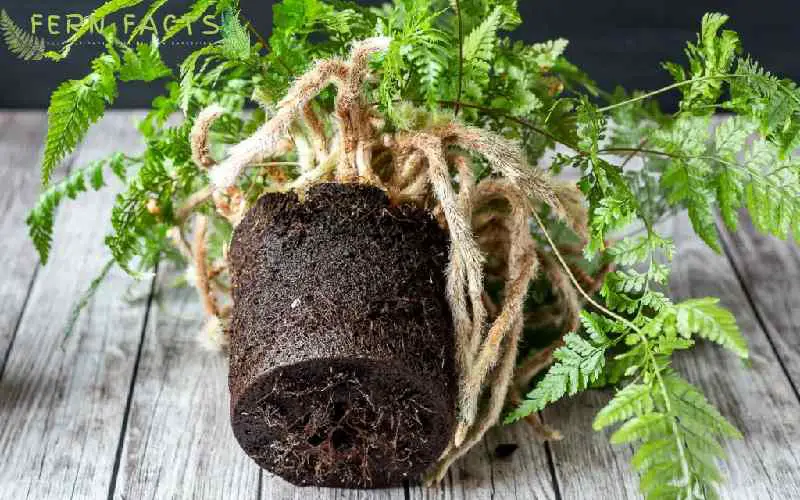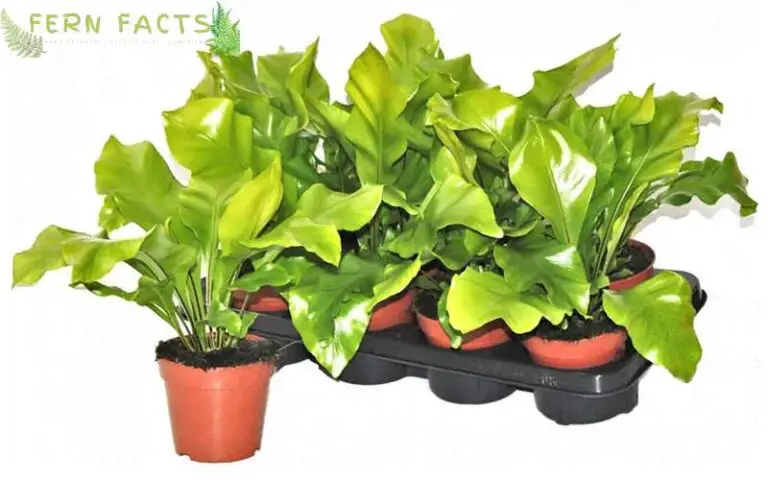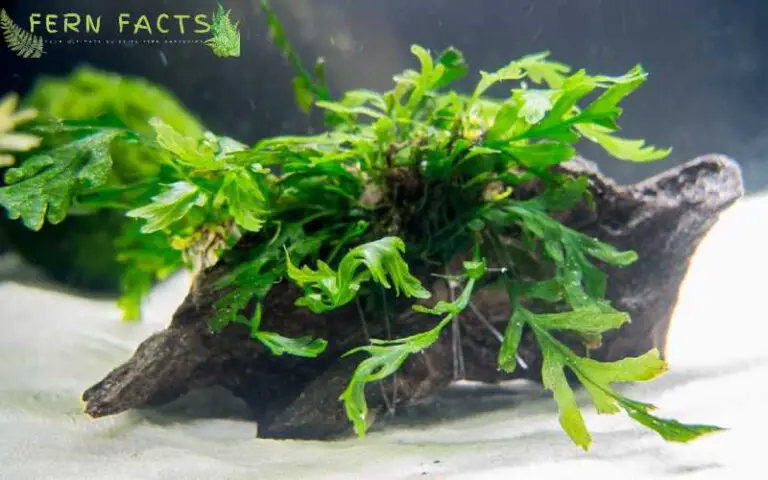Tips on How to Transplant a Fern
Do you know what fern transplants are? Well, fern transplanting is actually replanting or repotting fern from one place to another. While replanting you have to ensure various things like their ideal condition, atmosphere, etc.
If you want to do this process at home then look through this article. Here, I’ll talk about what a fern’s transplanting along with when, and how you should do this process to get better results.
So let’s start with the guidelines.
What is Fern Transplanting?
Transplanting ferns means replanting your ferns from one place to another place. You can transplant your outdoor plant from one place to another to enhance its growth.
Similarly, you can also transplant them in pots or containers as well. Ultimately, it gives an extra boost to your ferns for growing.
Best Time for Transplanting Ferns
Well, transplanting of ferns may depend on individual species’ characteristics. Based on different fern species these transplanting times change.
Some prefer fall, some prefer summer and some ferns prefer spring season for transplanting. Nonetheless, in general terms, most fern species prefer the spring or early spring season for transplanting.
Since in winter seasons, they remain in the dormancy phase; that’s why transplanting your ferns in winter could be a big no.
Further, you’ll not see any growth of your plant because during winter their growth becomes slowed or gets stopped. That’s why early spring is the peak time for your ferns to transplant.
You will notice their flourishing growth during their growing seasons in spring. Thus, try to transplant your ferns in early spring times.
You can report, replant, or transplant your ferns in this season which will actively intensify your fern’s growth.
How to Transplant Ferns: Step-by-Step Guidance
Let’s see how you can transplant your ferns. So it will be no problem for you whether you are a beginner or a professional. You can easily simplify your fern’s transplanting process.
Prepare Your Tools
Before you proceed to your transplanting process, take your tools out. For example, you might need a shovel, scissors, or a knife for this process.
Clean them with water or use sanitizer to clean them. Sanitizer can reduce any germs or bacterial infections that might have infected your fern plants.
Take Out Your Ferns
Now you have to remove your ferns from the garden land. Make a circle around your ferns by using a shovel.
Now gently dig out that place and take out your plant. Make sure the root balls are healthy and disease-free.
Divide the Roots Into Half
After that, divide the plant’s roots into half. You can use your hand or you can use a sharp knife as well to divide them. Make sure each side has an equal amount of roots.
Don’t take any unhealthy, damaged roots from there. If your roots become more taproot, then you can cut them from the bottom a little bit.
Choose an Ideal Environment
Now, for transplanting, you need to choose an ideal condition where your ferns can grow best and all the year. Most ferns prefer moist, dappled shaded places to thrive.
That way you have to select a place where they can get partial to full shade with indirect sunlight. In many cases, fern species couldn’t survive due to a lack of ideal conditions.
Gradually, those ferns die. So, make the place you have selected for transplanting well-suited for your ferns.
Dig Out the Land
After selecting the garden spot, dig the land where you tend to transplant your ferns. Use your tools for digging purposes. Dig out the land at least 6 to 7 inches deep holes.
Make sure the hole has sufficient space to accommodate all the roots. Otherwise, your plant’s roots might not be able to adjust to that land.
Prepare the Soil Mixture
Later you have to prepare a new soil mixture for the transplanted fern. Don’t use old soil or poor soil as the soil might lose all the minerals.
Thus, for mixing the soil, use organic compost, peat moss, perlite, vermiculite, leaf mold, etc. Based on your fern’s characteristics, prepare their soil mixture.
Ensure you prepare acidic, neutral, and well-drained soil for your fern. As a result, rich humus soil will help your plants to have healthy growth.
Transplant You Ferns
After preparing the soil mixture, transplant your divided ferns into that hole and fill the remaining portion with your new soil mixture.
Watering
After completing your transplanting process, water your ferns thoroughly. It will give your ferns instant hydration and moisture to handle this hectic process.
Also, your plant will not be stressed out. Just give water until their soil is moist enough. From that time, simply follow your normal watering schedule to have thriving ferns.
Avoid Instant Fertilisation
When your plants are already established don’t use harsh chemical fertilizer on your ferns. It can make your friends more stressed out. Try not to feed them for 6 months.
After that, you can use liquid fertilizer or organic fertilizer on your plants. Since they are still growing, the harsh chemical feed might be a little over for them.
Transplanting Ferns From Land to Pot
Indeed, it’s a more easy transplanting process than the previous one. Here, you have to simply dig out your plant from the ground. Choose a pot that has drainage holes; at least 2 to 3 drainage holes.
This will help your ferns to drain excessive water from the soil. Now prepare the soil mixture with organic compost, perlite, vermiculite, peat moss, sand, leaf mold, etc.
Make a rich humus acidic soil that has absorption quality. Later on, dust off the soil and divide the root system. Replant your plant in the pot or in the container.
Fill up the remaining portion with your new soil mixture. Lastly, water your plants and relocate them to a shaded place
Wrap Up
In short, Transplanting ferns is a very prominent process that improves every fern’s growth. In general early spring is the supreme time for ferns to transplant. In order to transplant ferns just follow the simple guidelines above there.
Similarly, choose a thriving environment for transplanting your ferns. most of the time fera doesn’t survive because of not getting an ideal condition to live. Thus, by following these guidelines, surely you can transplant your own ferns at home.







